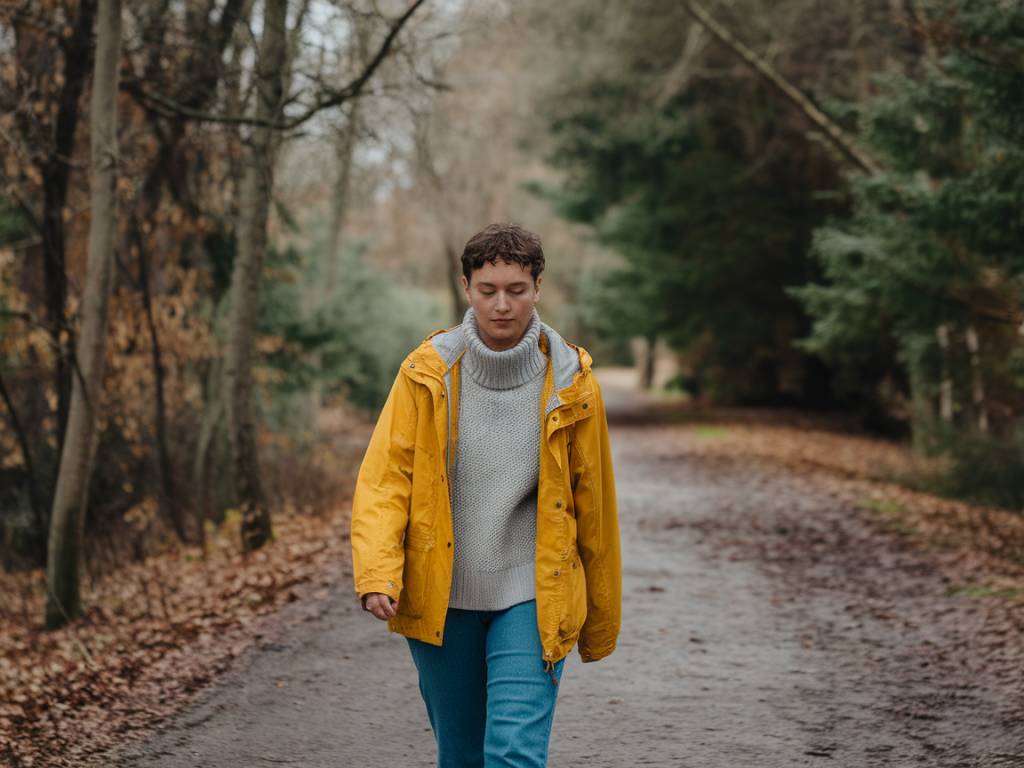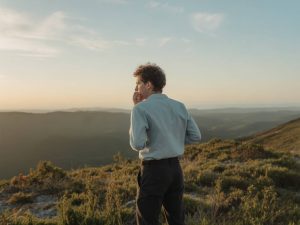Can urban green spaces improve mental health?

Can urban green spaces improve mental health?
The Healing Power of Urban Green Spaces
In the hustle and bustle of our urban jungles, it can be easy to forget the calming embrace of nature. But imagine this: a moment of serenity in your local park, the gentle rustle of leaves, and the scent of fresh blooms filling the air. Does it sound appealing? It’s not just a pleasant escape—urban green spaces hold the potential to transform mental health in cities.
Understanding the Connection Between Nature and Mental Health
You’ve probably experienced it yourself: stepping into a park, you suddenly feel lighter, your mind clearer. Anecdotal as it may be, this phenomenon has scientific backing. Research indicates that spending time in natural environments can reduce stress, anxiety, and even symptoms of depression. But how exactly do green spaces exert such profound effects on our psyche?
The answer lies partly in the reduction of sensory overload. Urban environments often flood our senses with noise, rapid movements, and pollution—an assault that our brains struggle to process continuously. Green spaces offer a sanctuary, a place to decompress and recalibrate, promoting relaxation and emotional well-being.
Scientific Insights: What the Studies Say
A plethora of studies highlights the myriad benefits of green spaces. For instance, a study published in The Lancet underscores that individuals residing near green spaces report higher levels of overall life satisfaction. Additionally, a large-scale survey in the UK found that frequent visits to natural environments led to significantly improved mental health outcomes.
Furthermore, researchers have found that green spaces can foster social interactions, reducing feelings of loneliness. More social contact can build stronger community ties, contributing to a supportive urban environment that enhances psychological safety and happiness.
Global Examples: Urban Green Spaces Making a Difference
Let’s travel to Tokyo, a city famed for its rapid pace yet home to tranquil oases like Shinjuku Gyoen Park. Visitors often speak of the profound peace they experience among the cherry blossoms—a testament to the healing powers of green spaces.
On another continent, New York City’s Central Park offers a green lung to its inhabitants. Amid the skyscrapers, this expansive park provides a refuge where people can engage in leisurely walks, reflecting an intentional design to enhance urban living.
Closer to home, cities like Paris have seen a surge in urban gardening initiatives, transforming concrete corners into vibrant gardens. These efforts not only beautify neighborhoods but also serve as community hubs promoting wellness and active participation.
Simple Ways to Integrate Nature into Your Routine
You might be wondering, « How can I incorporate more nature into my urban life? » The good news? There are plenty of approachable ways to do so!
- Lunchtime Walks: Take a stroll through your nearest green space during your lunch break. The change of scenery can do wonders for your mental clarity and mood.
- Weekend Getaways: Plan short excursions to botanical gardens or nature reserves. Such visits can be refreshing and invigorating.
- Community Gardening: Engage in local gardening projects. It’s not only a chance to connect with nature but also with like-minded individuals in your community.
- Indoor Plants: Can’t get outside as often as you’d like? Bring the green in! Houseplants can improve indoor air quality and bring a slice of nature into your home or office.
Transformative Impact of Green Spaces on Community Health
Urban green spaces are more than just patches of parkland. They foster an environment conducive to physical activity, as pathways and trails invite joggers, cyclists, and walkers alike. This blend of physical exercise and nature exposure strengthens both body and mind.
These spaces also nurture creativity and mindfulness. Where else but under the canopy of trees can one find such inspiration for painting, writing, or simply contemplating life’s mysteries? It’s no exaggeration to say that green spaces are the incubators of urban rejuvenation.
Looking to the Future: Green Space Development
More cities across the globe are recognizing the vital role of green spaces. Urban planners are now prioritizing the integration of parks, rooftop gardens, and vertical forests into cityscapes, ensuring future urban development supports both human and ecological health.
In addition to environmental benefits, investment in green space bolsters local economies, enhances property values, and mitigates urban heat—the triple threat that strengthens urban living against the climate crisis. Could this be the secret weapon for healthier, happier cities?
Whether you’re strolling through a park or nurturing a small balcony garden, the relationship between nature and mental health presents a compelling argument for reevaluating urban living. Let’s embrace this green movement, one park at a time, for our well-being and the collective health of our planet.





